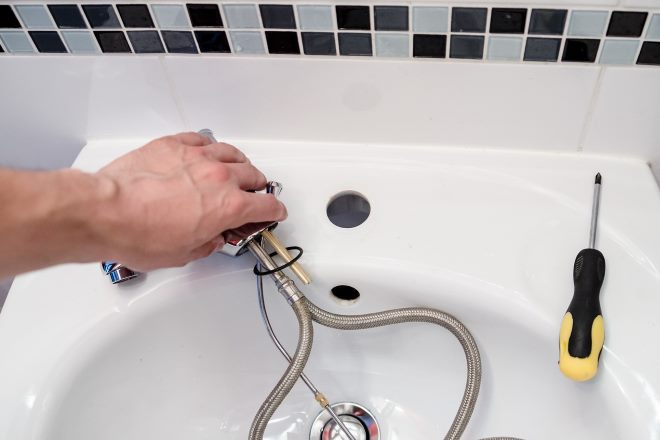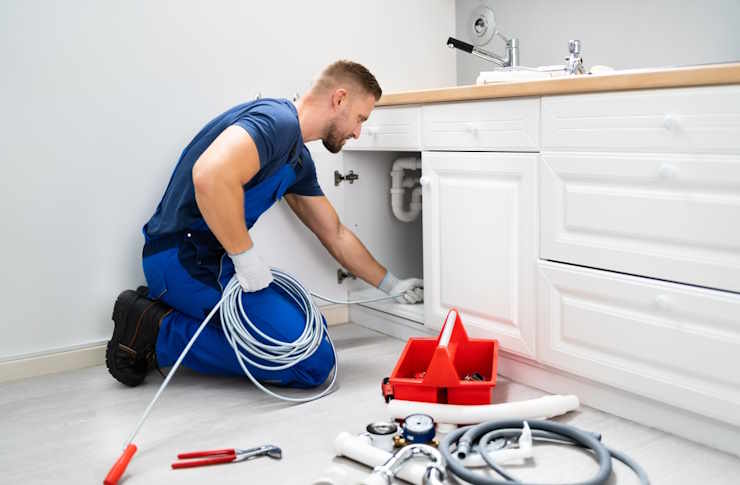Waterproof Wall Panels: The Smart Bathroom Remodeling Solution
Bathroom renovations continue to top the list of home improvement projects, and for good reason. As homeowners seek durable, low-maintenance alternatives to traditional tiling, waterproof wall panels have emerged as a leading solution. These versatile panels offer exceptional water resistance, quick installation, and stunning aesthetic options that can transform any bathroom space. Unlike conventional tiles that require extensive grouting and maintenance, waterproof panels provide a seamless finish that prevents water damage while delivering a contemporary look that can last for years.

Different Types of Waterproof Wall Panels and Their Pros and Cons
Waterproof wall panels come in several materials, each offering unique advantages for bathroom remodeling projects. PVC panels represent one of the most budget-friendly options, providing excellent water resistance and easy installation through tongue-and-groove systems. These lightweight panels are ideal for DIY enthusiasts but may lack the premium feel of other materials.
Acrylic panels offer superior durability with a high-end glass-like finish that resists scratches and impacts. While they command a higher price point, their longevity and minimal maintenance requirements make them cost-effective over time. The non-porous surface prevents mold and mildew growth, addressing a common bathroom concern.
Composite panels combine multiple materials to deliver both durability and aesthetic appeal. Often featuring a waterproof core with decorative laminate surfaces, these panels can convincingly mimic natural materials like stone or wood without the associated maintenance challenges. However, quality varies significantly across manufacturers, making research essential before purchase.
Stone resin panels provide perhaps the most luxurious option, with exceptional durability and a substantial feel that mimics natural stone. While these panels represent the highest investment, they offer unmatched longevity and aesthetic appeal that can significantly increase property value.
Why Waterproof Wall Panels Are a Smart Alternative to Bathroom Tiles
Traditional bathroom tiles have dominated bathroom design for decades, but waterproof panels offer compelling advantages that are hard to ignore. Perhaps most significantly, waterproof panels eliminate the need for grout lines—the perpetual weak point in tiled installations that inevitably harbors mold, mildew, and discoloration over time. This creates a more hygienic bathroom environment while dramatically reducing cleaning requirements.
Installation efficiency represents another major advantage of waterproof panels. While tiling typically requires multiple days of skilled labor, panels can often be installed in a single day, even by homeowners with moderate DIY skills. This translates to significant labor savings and less disruption to daily routines during renovation projects.
Waterproof panels also offer superior thermal properties compared to ceramic tiles. Where tiles often feel cold underfoot, modern panels provide better insulation, contributing to a more comfortable bathroom experience and potentially lower heating costs. Additionally, many panel systems incorporate insulation that reduces condensation issues common in bathroom environments.
The design versatility of modern waterproof panels has evolved dramatically in recent years. Today’s options include photorealistic stone textures, wood grain patterns, and contemporary solid colors that can suit any design aesthetic. This allows homeowners to achieve designer looks without the designer price tag or maintenance requirements.
Step-by-Step Guide to Installing Waterproof Panels in Your Bathroom
Installing waterproof wall panels can be an achievable DIY project with proper preparation and the right tools. Begin by thoroughly cleaning and drying the existing walls, removing any loose material, mold, or mildew. For uneven surfaces, installing a layer of plywood or cement board creates a flat, stable foundation for your panels.
Next, carefully measure your bathroom space and plan your panel layout. Most manufacturers recommend leaving a small expansion gap around edges to accommodate environmental changes. Pre-cut panels according to your measurements using a fine-tooth saw or the cutting tool recommended by the manufacturer. Remember to measure twice and cut once to minimize waste.
Apply waterproof adhesive to the back of your first panel following the pattern recommended by the manufacturer—typically a zigzag or perimeter application with additional spots in the center. Position the panel carefully, starting from a corner or edge of the bathroom, and press firmly to ensure proper adhesion. Use a level to verify proper alignment before the adhesive sets.
Continue installing subsequent panels, paying careful attention to the connection mechanisms. Depending on your chosen system, this might involve tongue-and-groove fittings, click-lock systems, or simple edge-to-edge placement. Manufacturers typically provide specific joining compounds or waterproof trims to create seamless connections between panels.
For areas requiring cutouts such as plumbing fixtures or electrical outlets, measure precisely and use a hole saw or jigsaw to create clean openings. Once all panels are installed, apply waterproof sealant around edges, particularly where panels meet fixtures, floors, or other surfaces. Allow the recommended curing time before exposing the panels to water.
Waterproof Panel Options and Cost Considerations
Waterproof bathroom panels vary significantly in price based on material quality, brand, and design features. Understanding these variations helps homeowners budget effectively for their bathroom remodeling projects.
| Panel Type | Average Cost (per sq. ft.) | Durability | Maintenance Level | Installation Difficulty |
|---|---|---|---|---|
| PVC Panels | $3-$8 | 5-10 years | Low | Easy |
| Acrylic Panels | $8-$20 | 10-20 years | Very Low | Moderate |
| Composite Panels | $6-$15 | 10-15 years | Low | Moderate |
| Stone Resin | $15-$30 | 20+ years | Very Low | Difficult |
| Laminate Panels | $5-$12 | 7-12 years | Low | Easy to Moderate |
Prices, rates, or cost estimates mentioned in this article are based on the latest available information but may change over time. Independent research is advised before making financial decisions.
Beyond material costs, factor in additional expenses like adhesives, trims, and tools, which typically add 10-20% to your project budget. While professional installation adds $300-$1,000 to the project depending on bathroom size and complexity, the precision and warranty protection often justify this investment. Many homeowners find that the combined cost still remains lower than traditional tiling when considering both materials and labor.
Maintaining Your Waterproof Wall Panels for Longevity
Maintaining waterproof bathroom panels requires minimal effort compared to traditional tiled surfaces. Regular cleaning with non-abrasive bathroom cleaners is typically sufficient to maintain appearance and hygiene. Avoid harsh scouring pads or abrasive cleaners that might damage panel surfaces or diminish their water-resistant properties over time.
Periodically inspect panel joints and edges for signs of sealant deterioration, particularly in areas with high water exposure. Reapplying silicone sealant as needed prevents water infiltration that could compromise the waterproof integrity of your installation. With proper care, quality waterproof panels can maintain their appearance and functionality for 10-20 years, making them a smart long-term investment for bathroom remodeling projects.




